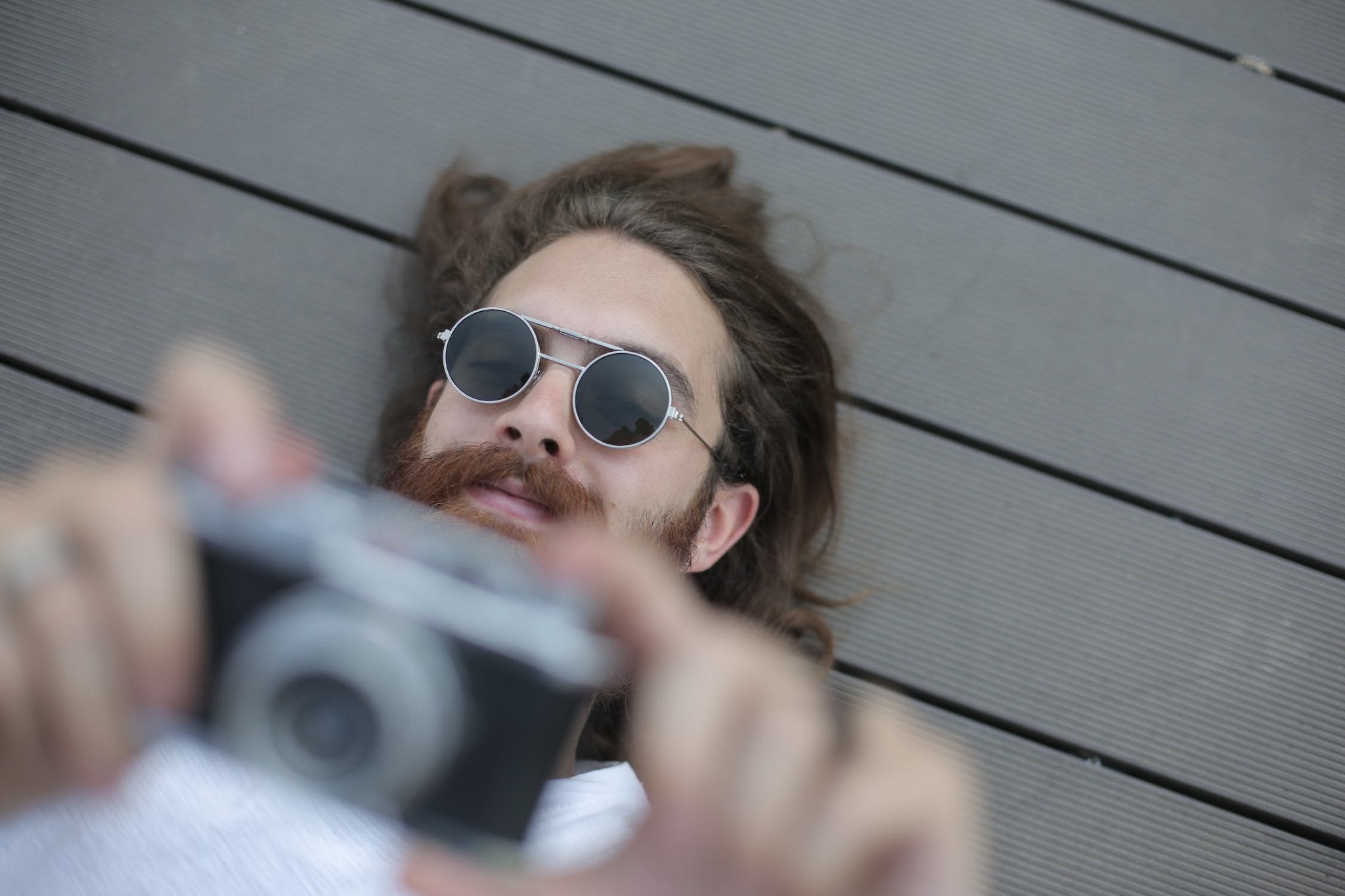Grasping the exposure triangle necessitates a comprehensive knowledge of Aperture, shutter speed, and ISO. These three components form the exposure triangle - and in this article, we will concentrate on only one of them: Aperture.
Ensuring your camera settings are correct is critical to capturing a well-exposed, clear image. It's all about understanding how the three key elements in the exposure triangle must interact to create the exact photo you want. So let's get started!
What is Aperture?
The Aperture is a critical part of photography, as it controls the amount and quality of light that can pass through your lens. Not only does this hole regulate how much illumination enters the device, but it also impacts which elements in an image will be clear and sharp. Essentially, the wider you open up your diaphragm - or Aperture - the more objects within a given composition remain focused for viewing pleasure!
The Aperture is a critical part of photography, as it controls the amount and quality of light that can pass through your lens. The wider you open up your aperture - the more objects within a given composition remain focused for viewing pleasure!

What is f-stop?
Aperture and f-stop are incredibly intertwined. Photographers may refer to Aperture as "f/," followed by a number such as 1.2 or 5.6 when discussing the settings of their cameras, like saying, "This photo was taken at an f/3.2" or "I had my aperture set at 3.2" for example.
How Does Aperture Affect Light?
If you're looking to intensify the brightness of your photograph, aim for a lower aperture number - often referred to as "opening up" the lens. Think of it this way: if there's an object hidden in darkness that you need light to find, would you use a laser pointer or grab a bigger flashlight? The same concept applies here! By opening up your depth-of-field to its lowest possible level, you can harness more natural lighting for brighter images.
Want to reduce the amount of light illuminating your image? Then raise your aperture setting—"closing your aperture." For example, let's say it's a mainly sunny day, and you don't want all that brightness in the picture. In such cases, simply close to a higher number so fewer rays can enter the frame.
Related article: Camera Settings for Bright Sunlight
What Does Aperture Do for Photography?
Not only does Aperture determine the brightness of your photograph, but it also significantly affects its sharpness. The larger your f-stop is set to, the more elements in a photo will be kept in focus - this creates stunningly beautiful backgrounds that make images appear even more professional and captivating. I often set my cameras f/ wide open to capture these breathtaking blurry backdrops!
If you have ever encountered a photo with an in-focus subject and blurred background, this is created by the photographer's choice of Aperture. These types of images genuinely make the subject stand out and captivate viewers.
The simple truth to remember: Smaller Numbers Mean There's Less in Focus
With smaller aperture numbers like f/1.2 and f/2.8, only a lesser part of the photo will be in focus - resulting in that appealingly blurry background! Additionally, when shooting indoors with your Aperture wide open, it can help to conceal any untidy atmosphere in the backdrop - one of my favorite methods for depicting real life without all its messiness! On the other hand, larger values such as f/11 or f/14 give you an excellent outcome if you are looking to take group pictures since more area would remain sharp.
Related article: Indoor Photography Settings
What Does Shooting Wide Open Mean?
When it comes to f-stops and Aperture, people often reference shooting "wide open" or with a "narrow" (smaller) Aperture. To increase your f-stop number means you need to go lower -- that is what those who use the phrase "open up your aperture" is referring to!
Take, for instance, if you are taking photos with your Aperture set to f/16. Opening up the Aperture or decreasing it by one stop would turn it into a lower number such as f/1.8. You can even shoot wide open at its lowest setting possible, depending on the lens used to capture the photo.
How Do I Know What is the Best Aperture to Use?
Depending on the aesthetic you are seeking, one particular aperture range will be most effective for your photography. For example, some photographers prefer to create a dreamy effect with their images by utilizing a low f-stop number so that their subject stands out from an unfocused background. On the other hand, some may need a greater depth of field to capture a scene's details. Additionally, it is essential to consider your lens when choosing which aperture range works best for you.
Photographers specializing in portraits opt to use a low f/ number for twofold reasons: the first being that it draws more attention to the subject and nothing else, thus creating a professional-looking image; secondarily is because, it allows their subjects' eyes to remain in sharp focus with an aesthetically pleasing blurred background.
So get yourself some lenses and begin experimenting with Aperture. Just remember, it depends on your hardware, your subject, and the vision you have for your photograph!












